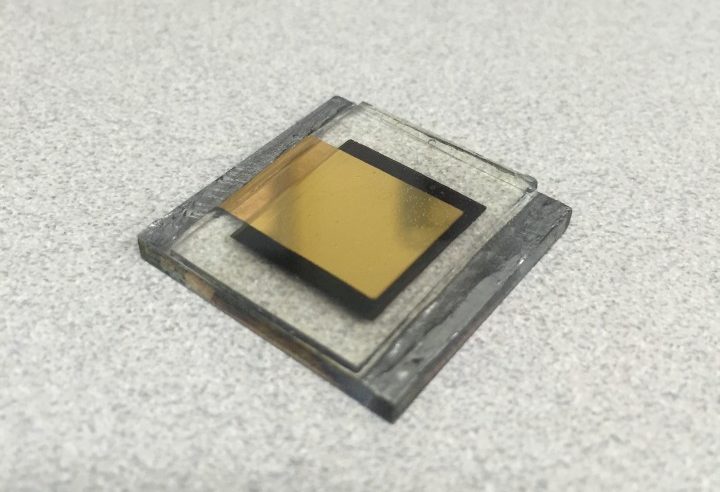Scientists from South Korea’s Chonnam National University have developed a method, named co-precipitation, to develop a uniquely composed perovskite layer for solar cells.
The lead-based perovskite cell utilizes nanoporous nickel oxide as a hole transport layer (HTL), and formamidinium lead iodide and methylammonium lead bromide as the perovskite layer. An electron transport layer (ETL) of an organic/inorganic zinc oxide compound also serves to protect the perovskite layer from exposure to air, which can cause it to degrade.
According to research published in the journal Materials Today, preliminary testing of the devices yielded a 19.1% conversion efficiency, four-fifths of which was sustained after five months in use.
Popular content
“We successfully optimized the metal oxide based HTL and ETL protecting layers for highly efficient perovskite absorber by a simple method which can make air-stable photovoltaics,” says co-author Dr. Sawanta Mali. “Our main goal is to solve the problem of the tedious process of making conventional additive-doped, highly expensive, unstable HTLs by replacing low-cost, inorganic air-stable p and n-type metal oxides.”
While the technique has so far only been used in the laboratory, the paper’s corresponding author, Chang Kook Hong is keen to stress his belief that it could be scaled up. “Large-scale device fabrication should be possible with this device architecture,” he says.
This content is protected by copyright and may not be reused. If you want to cooperate with us and would like to reuse some of our content, please contact: editors@pv-magazine.com.



By submitting this form you agree to pv magazine using your data for the purposes of publishing your comment.
Your personal data will only be disclosed or otherwise transmitted to third parties for the purposes of spam filtering or if this is necessary for technical maintenance of the website. Any other transfer to third parties will not take place unless this is justified on the basis of applicable data protection regulations or if pv magazine is legally obliged to do so.
You may revoke this consent at any time with effect for the future, in which case your personal data will be deleted immediately. Otherwise, your data will be deleted if pv magazine has processed your request or the purpose of data storage is fulfilled.
Further information on data privacy can be found in our Data Protection Policy.